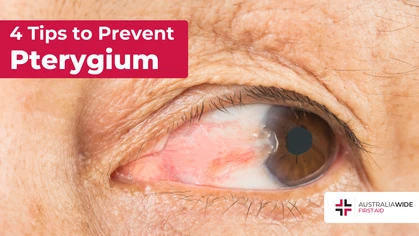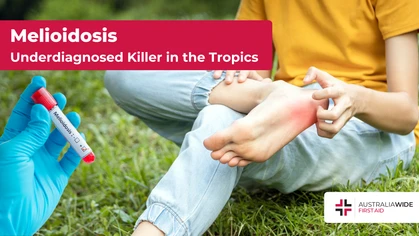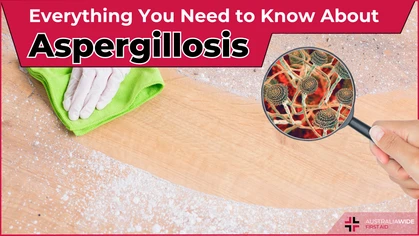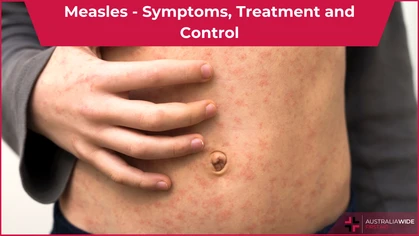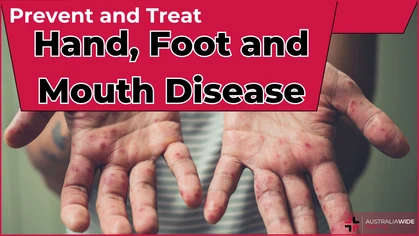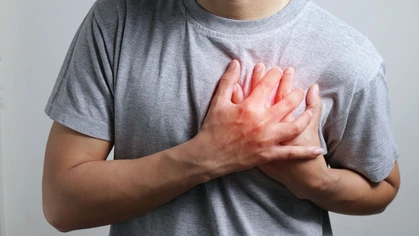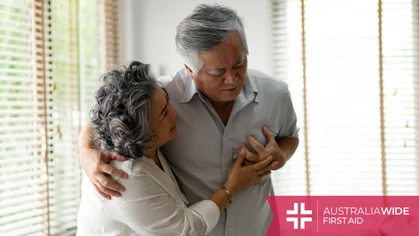Tuberculosis - Causes, Symptoms and Treatments

Disease
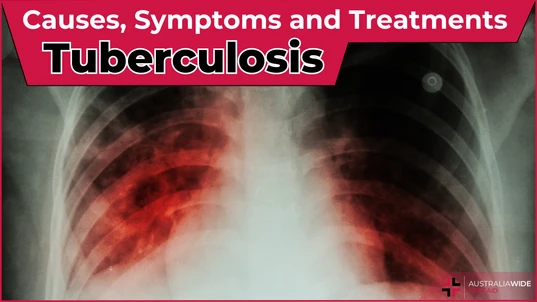 Tuberculosis is a severe bacterial infection that mainly affects the lungs and other parts of the body, including the nervous system. This contagious disease can quickly spread in crowded areas when an infected person coughs, talks, or sneezes. When someone inhales the germs trapped in air droplets, they can contract TB.
According to a report by WHO, Tuberculosis caused 1.3 million deaths worldwide in 2022. However, Australia reports one of the lowest cases of TB annually, with only 5.3 cases per 100,000 in 2023.
Tuberculosis is a severe bacterial infection that mainly affects the lungs and other parts of the body, including the nervous system. This contagious disease can quickly spread in crowded areas when an infected person coughs, talks, or sneezes. When someone inhales the germs trapped in air droplets, they can contract TB.
According to a report by WHO, Tuberculosis caused 1.3 million deaths worldwide in 2022. However, Australia reports one of the lowest cases of TB annually, with only 5.3 cases per 100,000 in 2023.
Common Symptoms of Tb
A TB infection generally has four main stages, each with different symptoms. Primary TB infection This is when the immune system captures and destroys the Mycobacterium germs. Unfortunately, some of the tuberculosis bacteria survive and multiply. Most people in this stage do not experience any TB symptoms and are not contagious. However, flu-like symptoms may appear in a few people, for instance:- Cough
- Lethargy
- Low fever
- Persistent cough (lasting three weeks or longer)
- Chest pain
- Coughing up blood or sputum
- Fatigue and weakness
- Weight loss and loss of appetite
- Fever and night sweats
- Worsening of symptoms from the active stage
- Severe breathing difficulties
- Extensive lung damage, potentially leading to respiratory failure
- If TB spreads to other organs, symptoms can include neurological issues, liver dysfunction, or bone and joint pain, depending on the organ involved.
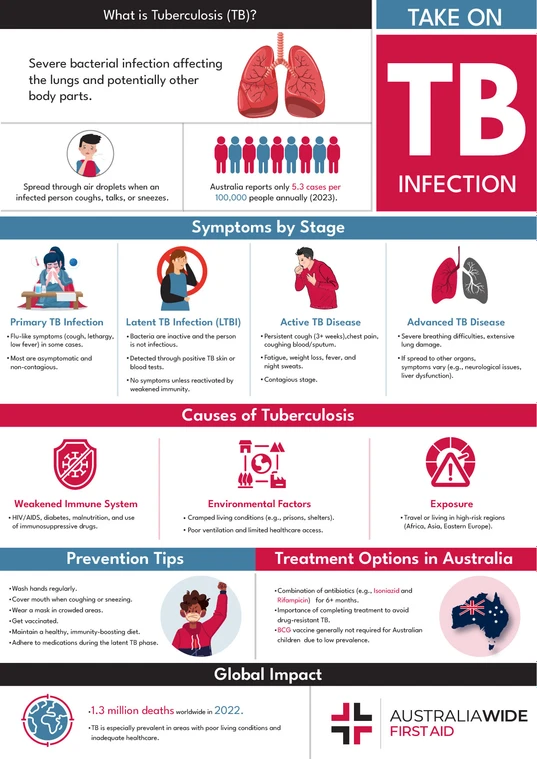
What Are the Causes of Tuberculosis?
The primary cause, as we discussed earlier, is airborne transmission and close contact with infected individuals. The other Tuberculosis causes can be broadly categorized as follows: Weakened Immune System People living with HIV/AIDS are likely to get easily infected with TB since their immune system has been compromised. TB is considered to be one of the leading causes of death for HIV-positive patients. Some other conditions, such as diabetes, kidney disease, or malnutrition, also cause the immune system to be further suppressed and thus lead to the development of active TB. Additionally, corticosteroids, chemotherapy medicine, and immunosuppressive drugs used for autoimmune diseases also pose a threat towards the activation of the disease. Environmental and Socioeconomic Factors TB rates are higher in cramped facilities like prisons, shelters, and refugee camps, where the bacteria are very vulnerable to spreading. Places with poor ventilation enable TB bacteria to remain in the air for longer, placing people at a greater risk of infection. Besides, TB can go unnoticed in a community that lacks appropriate healthcare access since early tuberculosis diagnosis and treatment are unachievable. Travel to or Living in High-Risk Areas People who live in or travel to regions with high rates of TB, such as parts of Africa, Asia, and Eastern Europe, are at greater risk of exposure to the bacteria.Preventing Tuberculosis
- Regularly wash your hands.
- Cover your mouth with a cloth while coughing or sneezing.
- Get vaccinated ASAP.
- Have a nutritious and immunity-boosting diet.
- Wear a mask in crowded areas like markets and shopping centres.
- Do not leave your medications during the latent TB phase.

Is Tb Curable? Treatment Options in Australia
In Australia, a combination of Isoniazid and Rifampicin is used for the treatment of Tuberculosis. For active TB, your doctor will prescribe antibiotics that you must take for at least 6 months. Although the BCG vaccine is available in Australia, most Australian children do not need it due to its low prevalence in the country. In fact, it is not mentioned in the National Immunization Program's schedule. Do not quit on your medicines prematurely. If the treatment is not fully complied with, one may end up having drug-resistant TB, in which the infection does not respond to the usual antibiotics. This is not easy to cure, and the patient has to be given different medications for as long as 2 years.Final Words
In conclusion, Tuberculosis remains a significant global health challenge, driven by factors such as poor living conditions and inadequate healthcare access. Understanding the symptoms and seeking early treatment is crucial in managing and preventing the spread of this disease. With ongoing advancements in medical research and public health initiatives, the fight against TB continues, offering hope for a future where this infectious disease is effectively controlled.FAQs
What Is the First Sign of Tuberculosis? The early signs of TB include heavy coughing lasting more than 3 weeks. It is initially a dry cough but can ultimately progress to the appearance of thick mucus and blood. Other early signs include chest pain and fatigue. What Is the Fastest Way to Cure TB? Antibiotic therapy is one of the best ways to treat TB effectively. It does not promise an overnight recovery, but a combination of Rifampin, Pyrazinamide, and Isoniazid can bring visible relief within 6 to 9 months. Is TB Contagious? Absolutely! It is a highly contagious disease, and its active form can quickly spread through air droplets. People with HIV and diabetes are at higher risk. Is Tuberculosis Deadly? Yes, Tuberculosis (TB) can be deadly if left untreated. TB is a leading cause of death worldwide, particularly in low- and middle-income countries.
Originally published at
https://www.australiawidefirstaid.com.au/resources/tuberculosis-causes-symptoms-and-treatments
as part of the Australia Wide First Aid Articles Library
